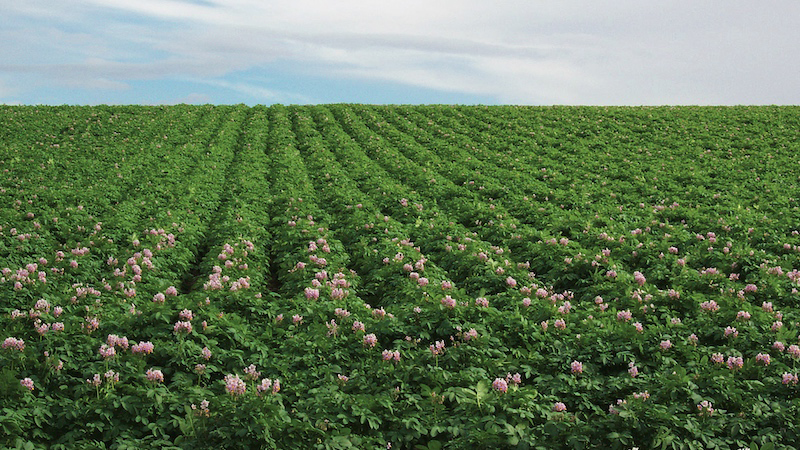Valent Biosciences Takes on Major Expansion To Keep Up With Product Demand
Valent BioSciences has approved a major expansion of its biorational manufacturing facility in Osage, IA, which will meet increasing demand for its biorational products and the introduction of new products requiring more capacity. Construction will begin this summer and will be completed during the second quarter of 2024.
Production-scale fermentation and recovery equipment will be installed with full digital capabilities to produce products that increase crop yields, preserve forests, and protect the public from vector-borne diseases.
A new pilot plant facility will be included in the project. This will be used to accelerate introduction of new products and provide additional capacity and instrumentation to analyze and improve existing fermentation performance.
In addition, laboratory, office, maintenance, and warehouse areas will be expanded as part of the project plan to house additional employees and provide an enhanced workplace environment.
When it was completed in 2014, the Osage plant was the world’s largest purpose-built biorational manufacturing facility. Since then, Valent BioSciences has continued to invest significant resources in expanding its research and manufacturing capabilities at the site and satisfying the company’s business growth.
The Osage facility also incorporates the latest sustainable technologies. The expansion will use forward-thinking practices that reduce overall CO2 emissions, energy usage, and wastewater volumes. Recently, Valent BioSciences announced two high-profile environmental initiatives in Mitchell County, IA, on land adjacent to the Osage facility.
The first is the restoration of 34 acres of native prairie accessible to the public that will establish a diverse native habitat for birds, butterflies, insects, reptiles, and small wildlife.
The second is a 1.5-megawatt alternating current (AC) solar field. In collaboration with Heartland Power and One Energy this will be constructed on 12 acres of land next to the prairie restoration project, which will provide approximately 8% of the Osage facility’s total annual electricity usage.










